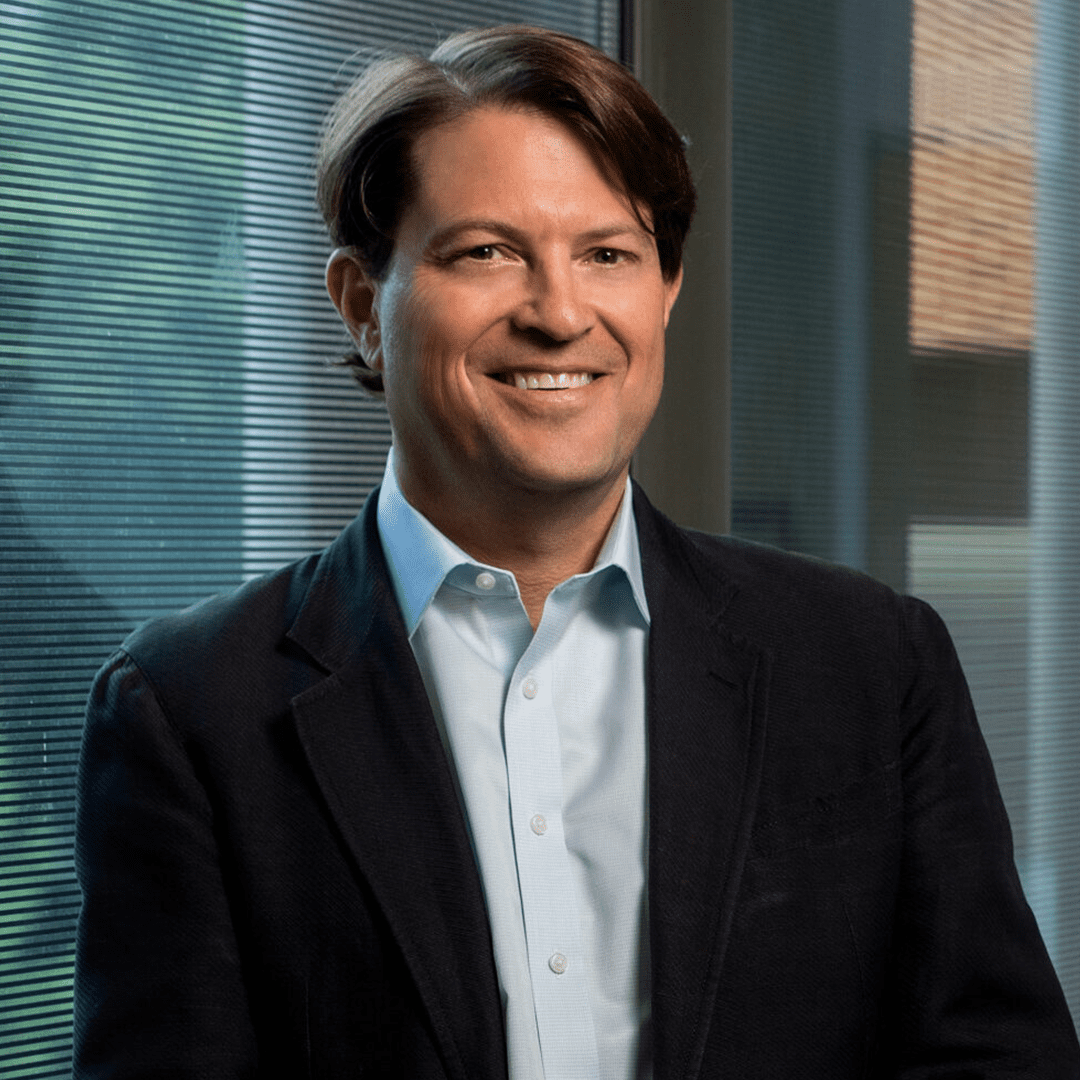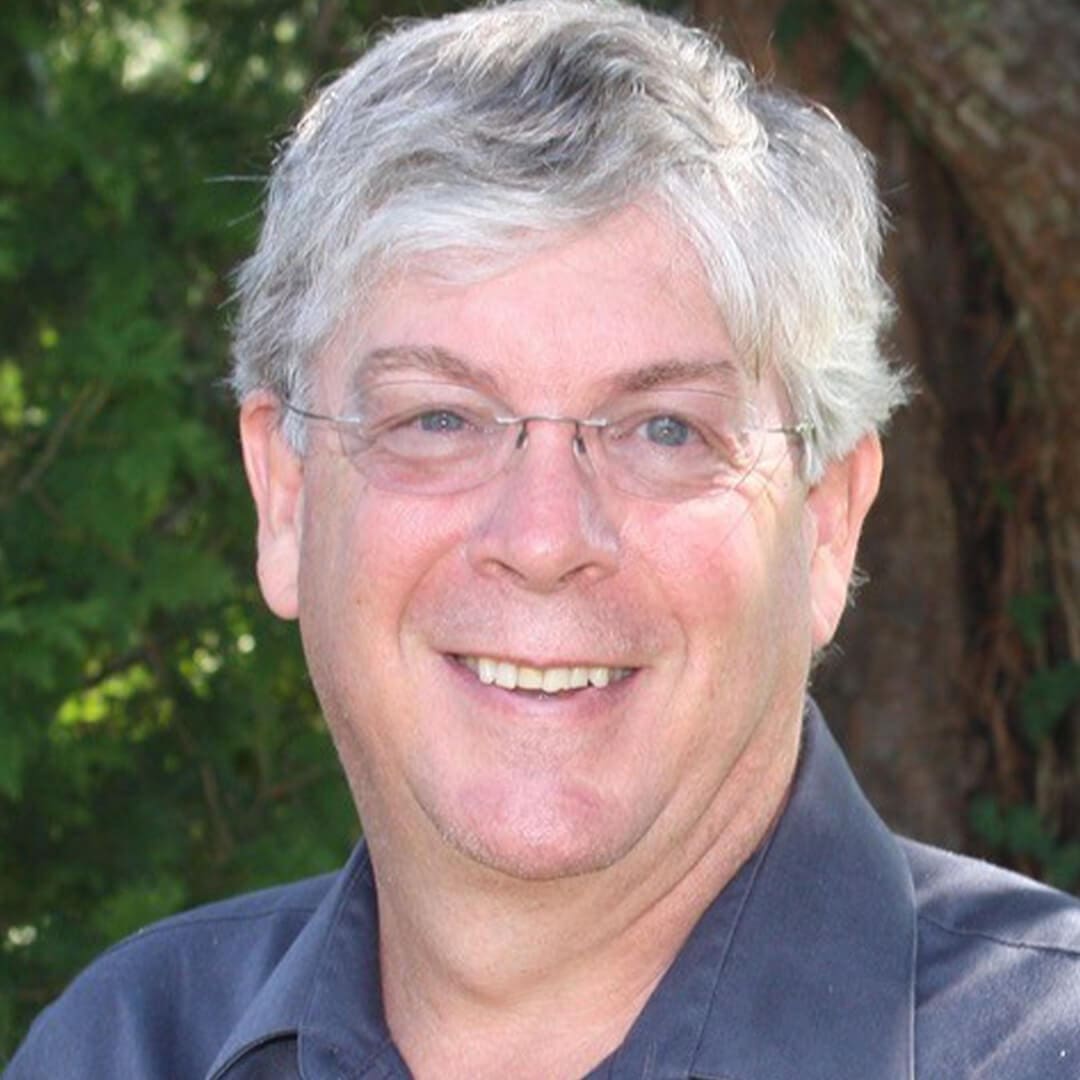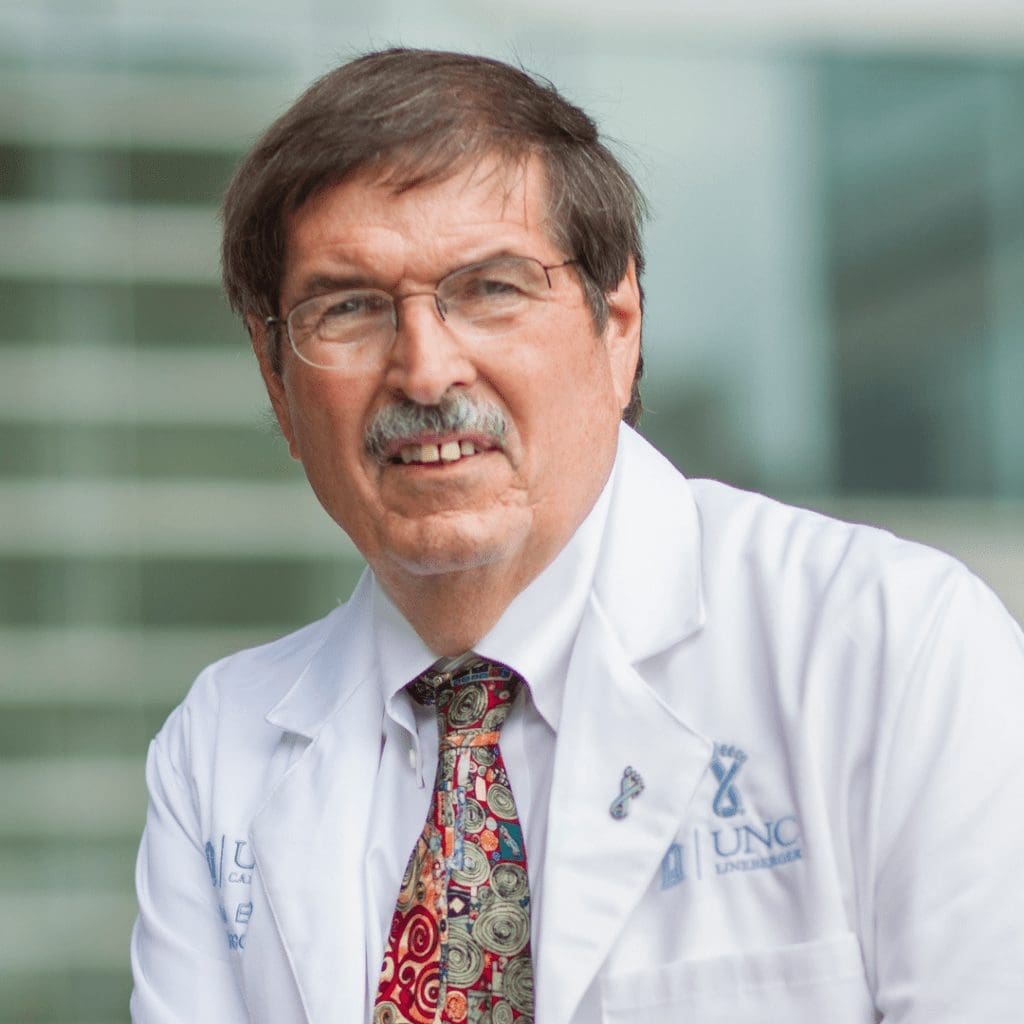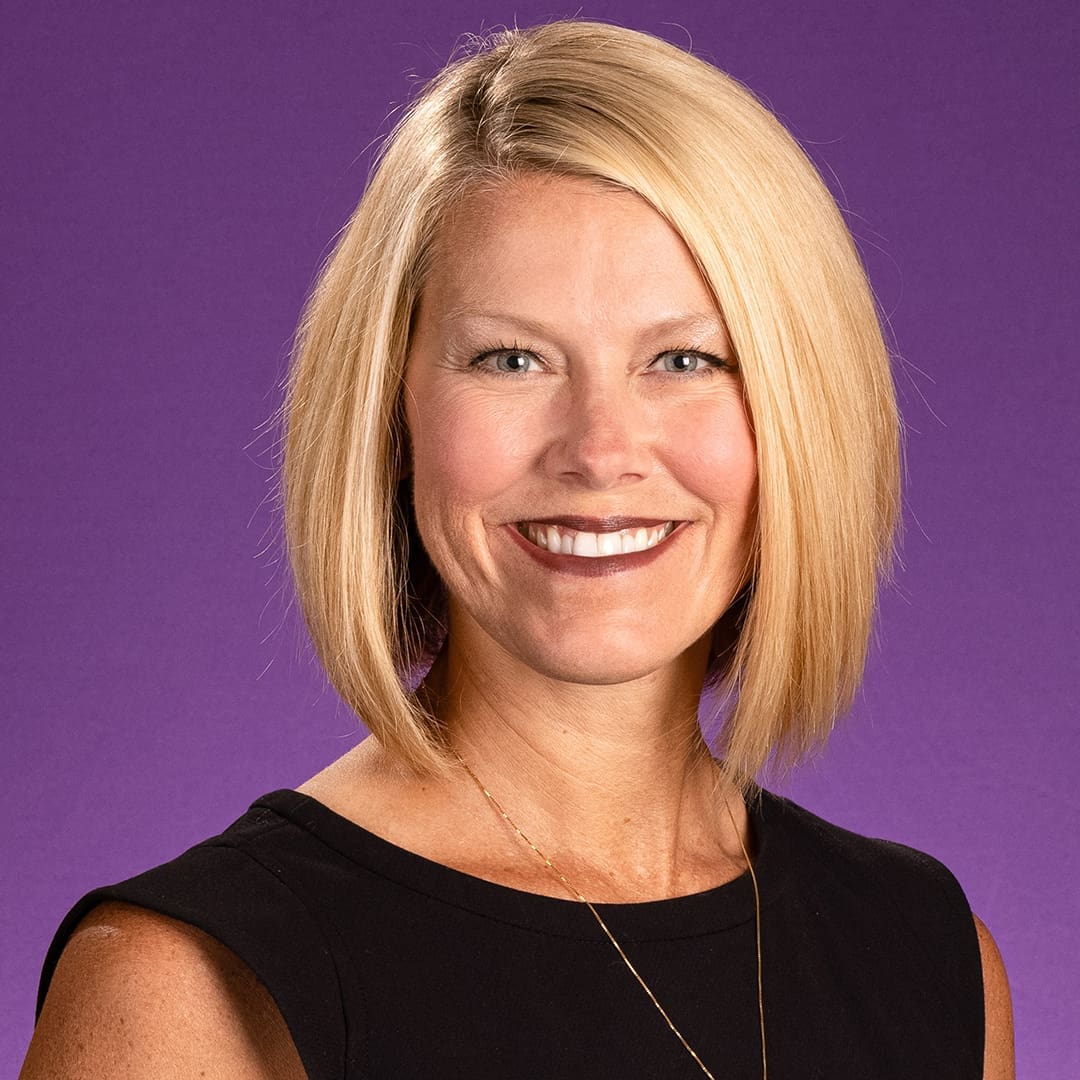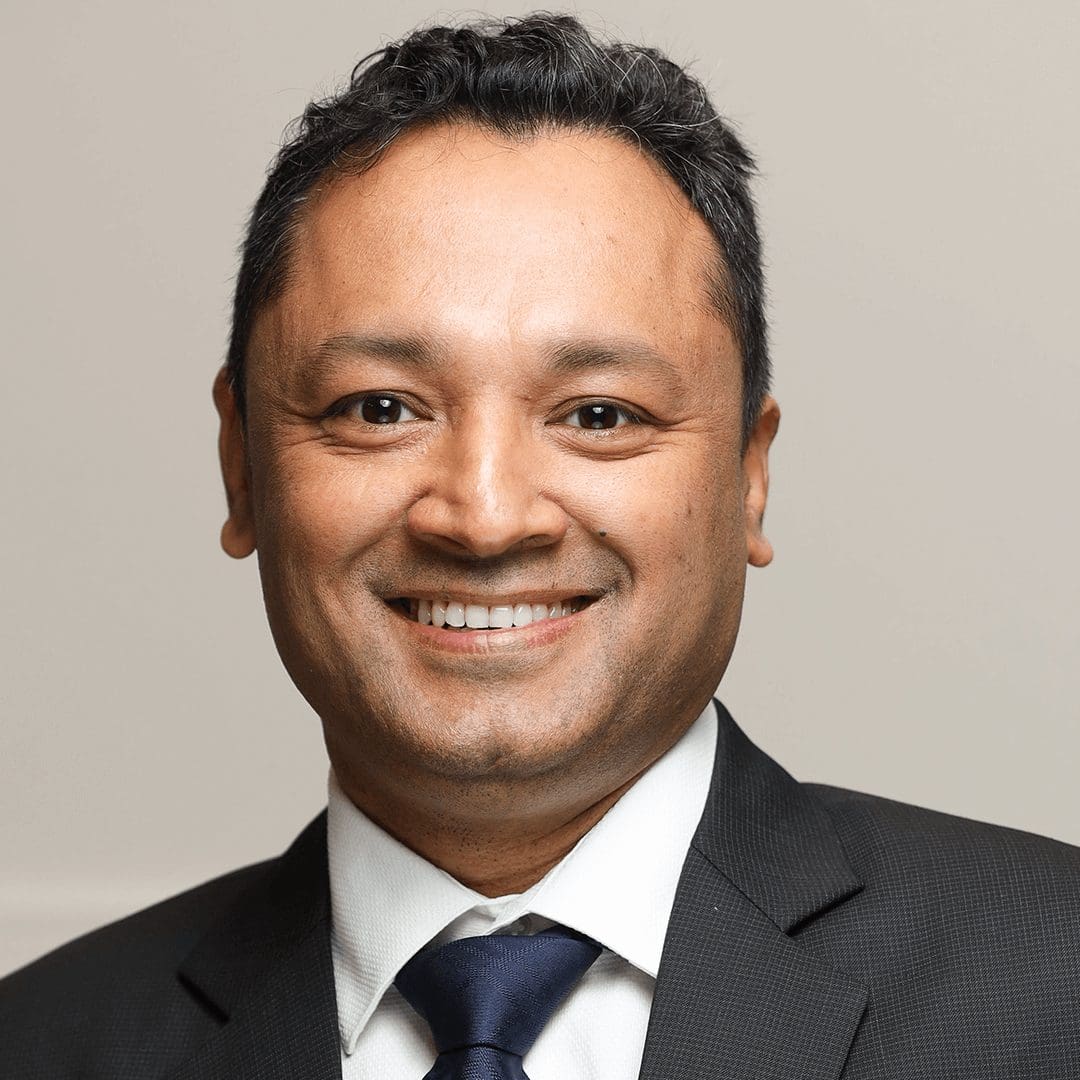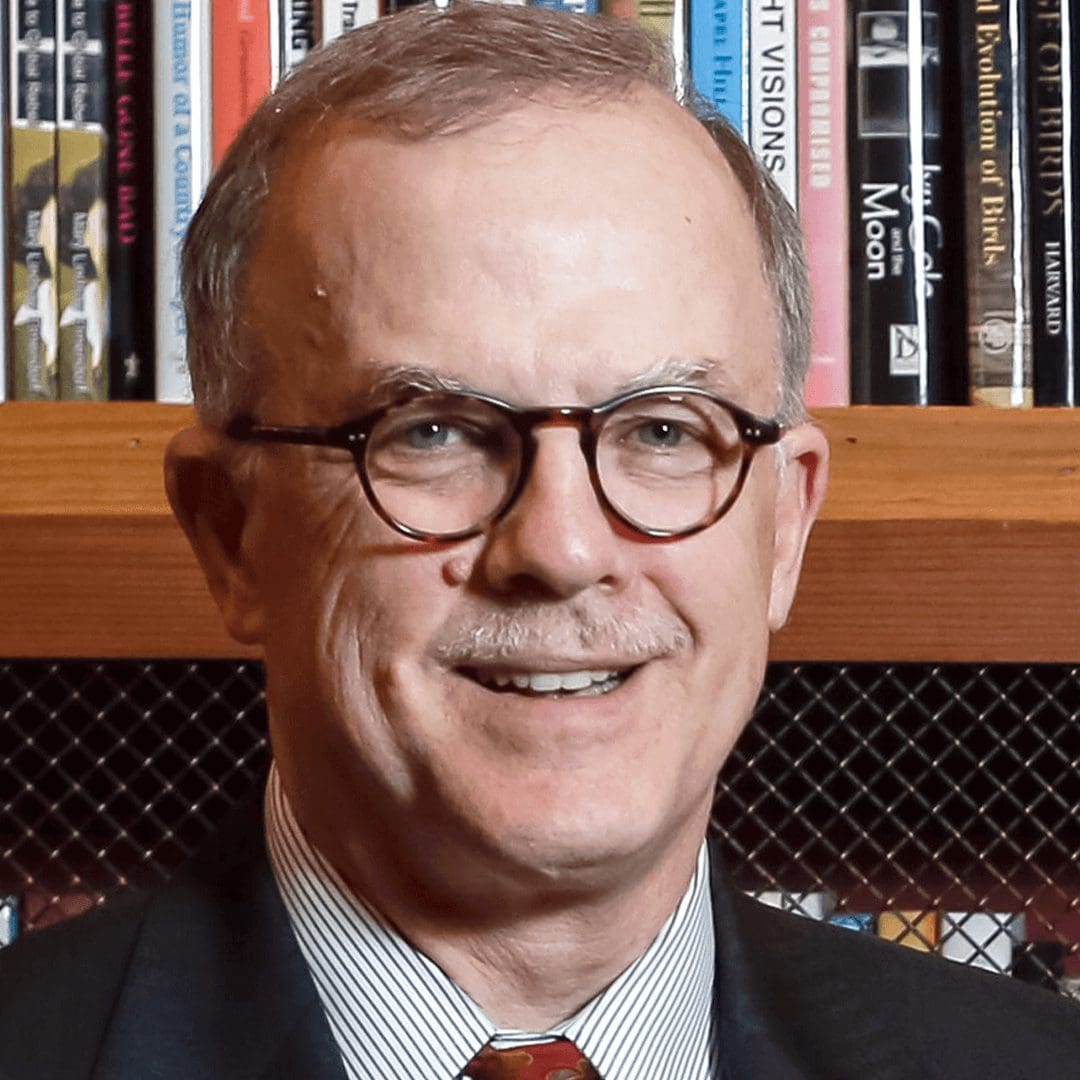In support of the UNC System’s mission, the Board of Governors honors and recognizes excellence in areas of teaching, research, and public service through the following awards.
OLIVER MAX GARDNER AWARD
The Gardner Award is an annual award, first presented in 1949. It recognizes a member of the UNC System faculty who, during the current scholastic year, has made “the greatest contribution to the welfare of the human race.” The award is the highest honor the System confers on faculty. All faculty members, from across all 17 constituent institutions, are eligible.
Nominations for the 2025 Oliver Max Gardner Award are not currently being accepted. The 2025 awardee was announced on May 15, 2025.
Previous Recipients
Dr. Yeoheung Yun, 2022
Ralph Baric, 2021
Samantha Meltzer-Brody, 2020
Sy Atezaz Saeed, 2019
Ruben G. Carbonell, 2018
THE GOVERNOR JAMES E. HOLSHOUSER, JR. AWARD FOR EXCELLENCE IN PUBLIC SERVICE
The Public Service Award is an annual award, created in 2007 to encourage, identify, recognize, and reward public service by faculty of the University. Faculty of any of the 17 institutions of the University of North Carolina are eligible. At its August 2013 meeting, the Board of Governors unanimously approved a resolution to rename the award after Governor James E. Holshouser, Jr.
Nominations for the 2024 Gov. James E. Holshouser, Jr. Award are not currently being accepted. The 2024 awardee was announced on February 27, 2025.
Previous Recipients
Dr. Cherry Beasley, 2022
Bonnie Fusarelli, 2022
Jane Hoppin, 2021
Arwin D. Smallwood, 2021
Billy Ogletree, 2020
Mark West, 2019
Martin Posey, 2019
David Westling, 2018
Walt Wolfram, 2018
Dr. Gregory Chadwick, 2017
Steve McKeand, 2016
Carmen Russoniello, 2015
Sylvia A. Flack, 2015
Kurt D. Michael, 2014
Ben Bahr, 2013
AWARDS FOR EXCELLENCE IN TEACHING
The Teaching Awards were established in 1994 to underscore the importance of teaching and to encourage, identify, recognize, reward, and support good teaching within the University. Every year, a faculty member from each constituent institution receives this award.
Nominations for the Excellence in Teaching Awards are not currently being accepted. The 2025 award recipients were announced on January 31, 2025.
2025 AWARDS FOR EXCELLENCE IN TEACHING
UNC Board of Governors selects recipients of 2025 Awards for Excellence in Teaching
Charlie Chen
Appalachian State University
Laura Levi Altstaedter
East Carolina University
Adetayo Victor Adedeji
Elizabeth City State University
Amanda Virelles
Fayetteville State University
Liesl K. Jeffers-Francis
North Carolina Agricultural and Technical State University
Antonio Baines
North Carolina Central University
Clyde E. Sorenson
NC State University
Evelyn Chiang
University of North Carolina Asheville
Yaiza Canzani
University of North Carolina at Chapel Hill
Erik J. Byker
University of North Carolina at Charlotte
Kimberly Petersen
University of North Carolina at Greensboro
Matthew R. Hassett
University of North Carolina at Pembroke
Dmitri Vorobiev
University of North Carolina School of the Arts
Zachary T. Long
University of North Carolina Wilmington
Channa Ruwan De Silva
Western Carolina University
Dr. Dawn Hicks Tafari
Winston-Salem State University
Elizabeth Peeples
North Carolina School of Science and Mathematics
